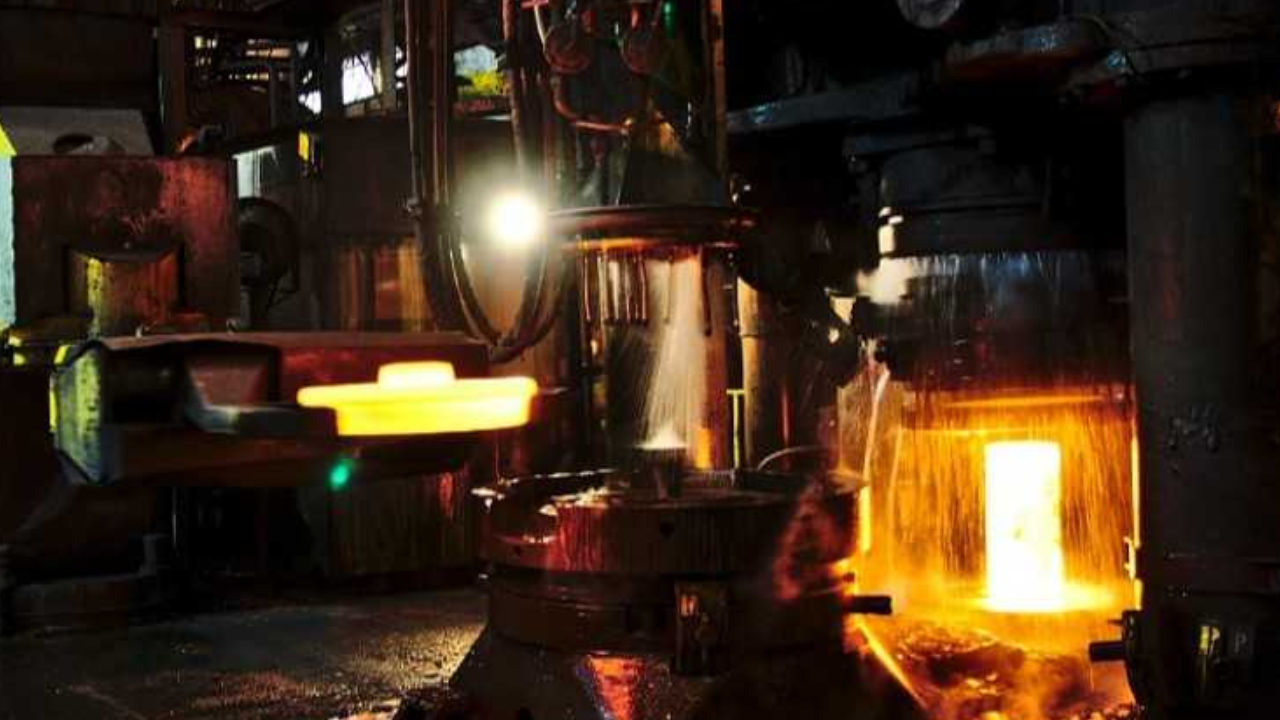Forged connecting rods are essential components of internal combustion engines, representing a precise balance of strength, precision, and endurance. These vital engine components play an important part in the reciprocating motion, effortlessly transmitting power from the piston to the crankshaft. Unlike their non-forged equivalents, forged connecting rods go through a specialized forging process that provides significant advantages.
This technique includes submitting the raw material, which is frequently high-quality steel, to severe heat and pressure, resulting in a product with exceptional mechanical qualities. Tap here for more info. Forged connecting rods are important because of their ability to survive the severe conditions seen in engines, where cyclic loading, high stress, and variable temperatures are common.
The Advantages of Using Forged Connecting Rods in High-Performance Engines
Below is a detailed list of the advantages of using forged connecting rods in high-performance engines:
Superior Strength
The higher strength of forged connecting rods in high-performance engines is one of their key benefits. This procedure aligns the metal’s grain structure, resulting in a component with greater tensile strength. The strength of forged connecting rods becomes a vital aspect in preventing breakdowns and guaranteeing long-term reliability in high-performance engines when forces and stresses are greatly raised.
Improved Sturdiness
Durability is critical in high-performance engines that operate for extended periods. Because of their grain structure and the absence of internal flaws and imperfections, forged connecting rods are extremely durable. The forging process produces a dense and uniform material, especially when it is followed by suitable heat treatment. This feature improves the fatigue resistance of connecting rods, lowering the danger of fractures or failures.
Resistance to Fatigue and Stress
High-performance engines are frequently subjected to extreme circumstances, with frequent fluctuations in RPM, temperature, and load. Forged connecting rods have a high resilience to fatigue and stress, making them ideal for these high-stress settings. The aligned grain structure and absence of internal flaws in forged connecting rods increase their ability to bear cyclic loads before failing due to metal fatigue.
Enhanced Efficiency at High RPM
To maximize output, high-performance engines frequently operate at high RPM levels. Forged connecting rods contribute to increased engine performance at high RPM due to their superior strength and lighter weight compared to cast counterparts. Because forged connecting rods have less inertia, they can move faster and more precisely, allowing for faster piston acceleration and deceleration.
Precision Engineering
Forging makes precision engineering possible by enabling the creation of intricate shapes and precise measurements. This is useful in high-performance engines, where every component must adhere to strict tolerances to ensure optimal functionality. Precision in the production process adds to consistent performance and reduces the possibility of imbalances or abnormalities affecting engine function.
Reduction of Weight
While forged connecting rods are noted for their strength, they also have the advantage of being lighter than other materials and manufacturing methods. The weight decrease adds to lower inertia, allowing the engine to respond to throttle inputs and changes in load more quickly. As a result, the engine’s overall responsiveness improves.
Resistance to Detonation and Knock
High-performance engines are routinely tweaked for more power, which can result in higher temperatures and pressures within the combustion chamber on occasion. Forged connecting rods provide increased resistance to detonation and knock due to their improved thermal and mechanical properties. This is especially true for engines that use forced induction or have high compression ratios.
Adaptation to Particular Uses
To fulfill the needs of certain engines, forged connecting rods offer design and customization choices. Manufacturers can change the material composition, size, and design components to meet the needs of high-performance engines. This personalization ensures that the connecting rods are optimized for the specific needs of the engine, whether turbocharged, supercharged, or naturally aspirated.
Summary
The advantages of forged connecting rods contribute to improved engine performance and dependability. The use of forged connecting rods demonstrates a dedication to high-performance engine design that prioritizes functionality, responsiveness, and lifespan. Forging techniques and materials may evolve as technology advances, pushing the boundaries of what is possible in the pursuit of automotive and motorsport perfection.
